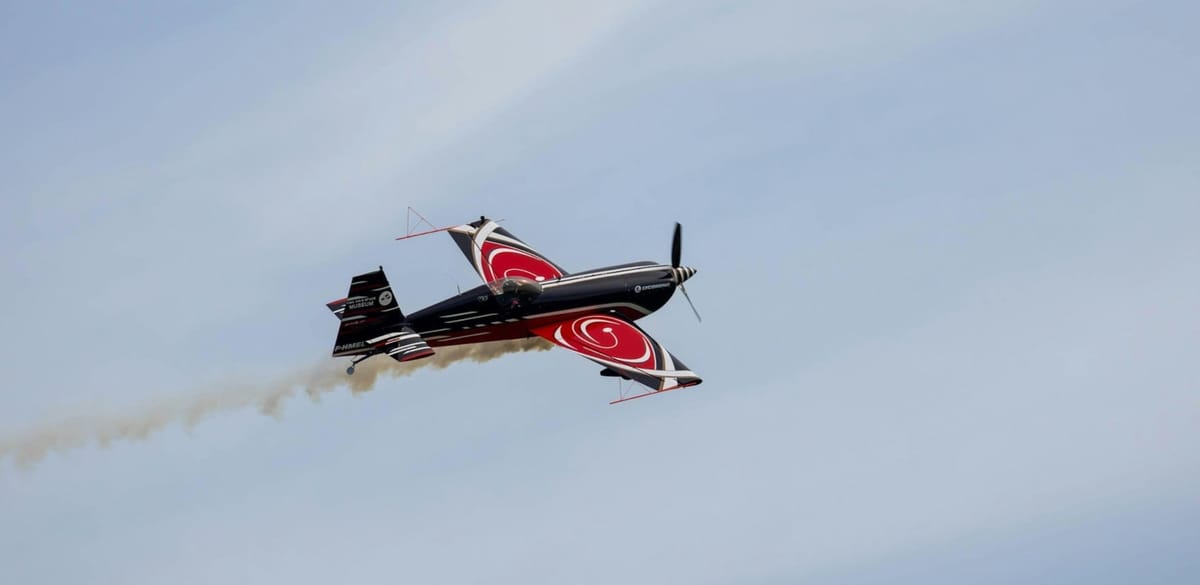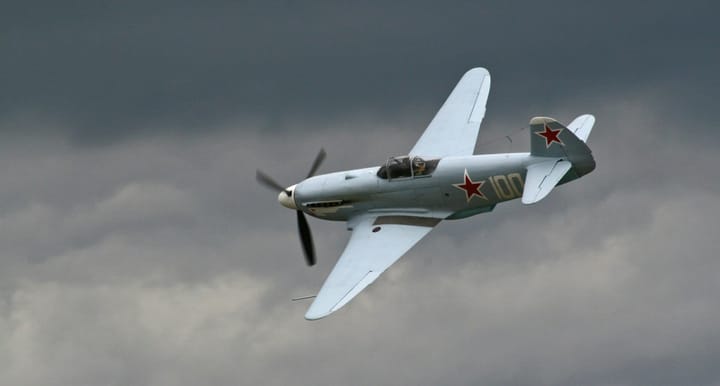Visualize how thrust, drag, weight, and altitude affect climb performance using this real-time rate of climb and service ceiling calculator. Instantly explore how aircraft configuration influences vertical speed across different flight levels.
The Rate of Climb Performance Tool is a web-based calculator designed for educational and preliminary analysis purposes in the field of flight mechanics. It allows users—especially aviation engineers, student pilots, and enthusiasts—to visualize how an aircraft’s rate of climb (ROC) and service ceiling respond to changes in key performance parameters.
This tool dynamically calculates the rate of climb (ft/min) based on user-defined values for thrust, drag, weight, altitude, and airspeed. Additionally, it estimates the service ceiling, defined as the altitude where the rate of climb drops below a practical threshold (100 ft/min by default).
⚠️ Note: The results provided are projected estimates only and should not be used for real-world flight operations or aircraft certification. They are based on simplified atmospheric and aerodynamic models.
How It Works
The tool is based on the following simplified formula:
Rate of Climb (Vertical Velocity):
To increase accuracy with altitude, air density is adjusted using the International Standard Atmosphere (ISA) exponential model.
Input Parameters Explained
Each parameter can be adjusted via sliders or number inputs:
- Thrust (T) – The total engine force in Newtons (e.g.,
12,000 Nfor a turboprop or18,000 Nfor a light jet). Increasing thrust improves climb performance. - Drag (D) – Total aerodynamic resistance in Newtons (e.g.,
4,000 Nfor a clean light aircraft configuration). Higher drag reduces the net force available for climbing. - Weight (W) – Aircraft’s gross weight in Newtons (e.g.,
15,000 Ncorresponds to roughly 1,530 kg). Heavier aircraft require more lift, thus reducing ROC for a given thrust. - Altitude (h) – The flight altitude in feet (e.g.,
10,000 ftfor typical cruise start). This affects air density, which influences thrust and drag behavior. - Speed (V) – True airspeed in meters per second (e.g.,
70 m/s≈230 ft/s). This input directly scales the rate of climb result and also influences drag levels indirectly.
How to Use It
- Adjust each parameter using the sliders or type exact values into the input fields.
- The chart and output fields update automatically in real-time:
- The left panel shows the current Rate of Climb.
- The right panel shows the estimated service ceiling.
- The live chart visualizes how ROC changes with altitude.
- Experiment with combinations (e.g., lower weight + higher speed) to understand how performance shifts under different conditions.
Final Notes
This tool is ideal for scenario testing, academic exploration, and basic performance insight without requiring specific aircraft data. However, for certified analysis, safety planning, or professional aerodynamics validation, you must rely on actual aircraft manuals, flight test data, and real-world simulation tools.




Comments ()